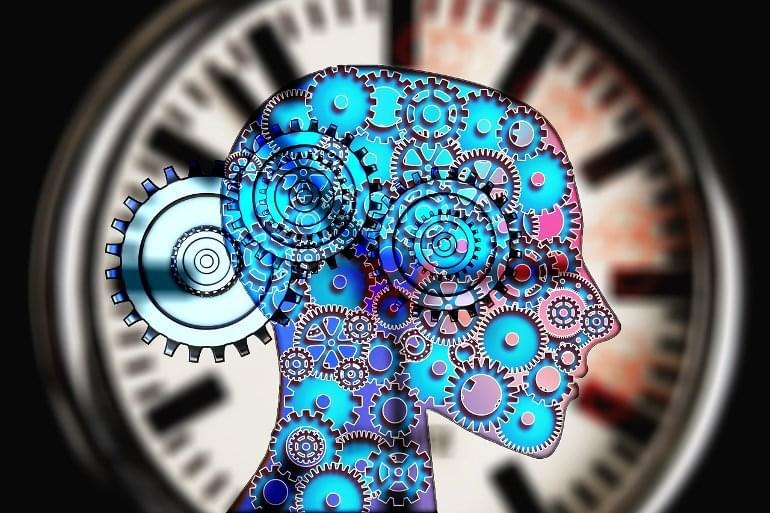Summary: A group of hippocampal neurons show rhythmic activity at different frequencies in the desynchronized state, but can align their rhythmic frequency to produce a synchronized brain rhythm upon activation.
Source: Institute for Experimental Medicine.
In the 17th century, the Dutch scientist Christiaan Huygens hung two of his recently invented pendulum clocks on a wooden beam and observed that as time passed, the clocks aligned their beats. He reported this finding, which he called an “odd sympathy,” in 1665. Three and a half centuries later, neurons in the brain were found to sync their activities in a similar way.
